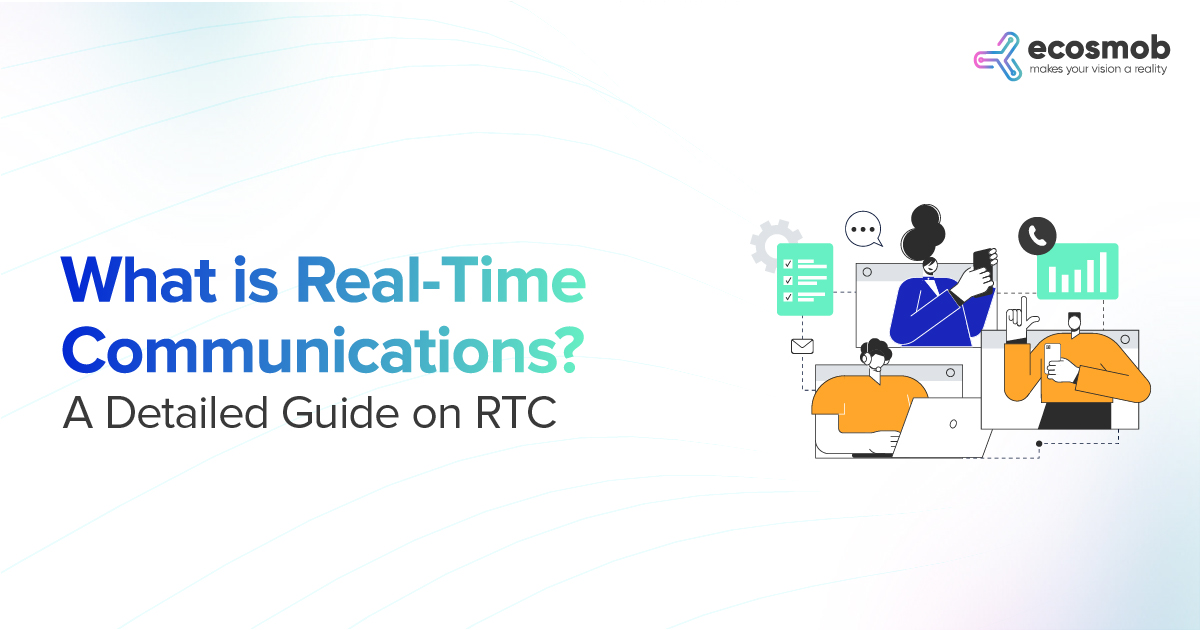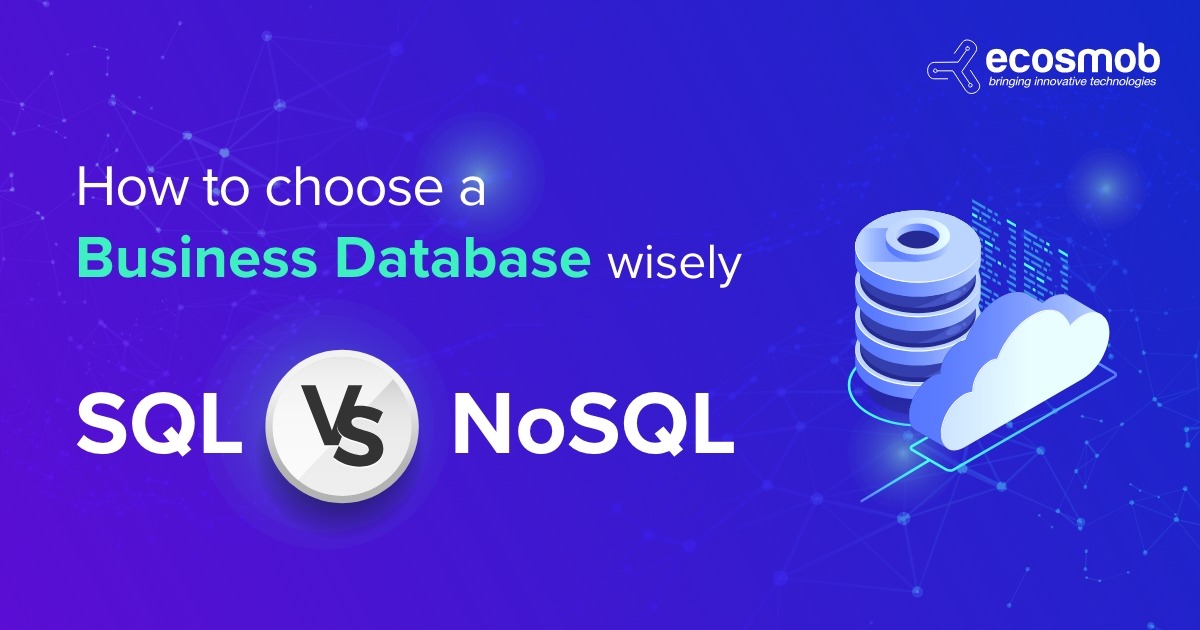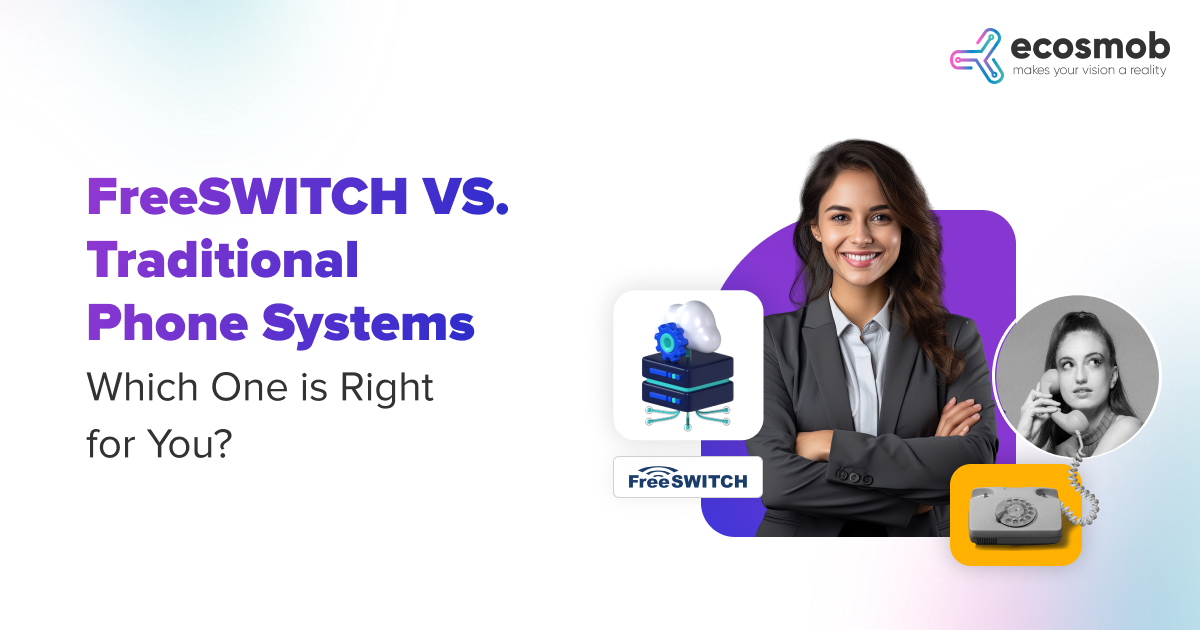A database is perhaps the most critical store of information for any organization. While it may be organized and stored to be electronically accessed, the burgeoning amount of data generated each second is a mammoth task to make it usable. Given its complexity, organizations employ what is known as a database management system (DBMS). Put simply, a DBMS helps to cut the clutter by providing a single interface for end-users, applications, and the database to seize and analyze data.
When shopping for a DBMS, you are likely to face a choice between a relational and a non-relational database. The relational database is widely known as SQL, whereas the non-relational database goes by the name of NoSQL. The database management systems, SQL and NoSQL, have very different storage and structure of operation.
Both have their merits, and choosing one over the other will mean weighing their pros and cons carefully. In this blog, we’ll explore what SQL and NoSQL are composed of, how they differ, and why they make it to the top among commercial databases of today.
What is SQL: structure and its features
SQL stands for the structured query language, which it supports. It works in a very systematic way, organizing linked or related data into tables as per the relational model. The relational model of SQL separates the logical and physical structures. You can make changes in the files without impacting their physical structure. A single query can throw up one or more tables. It makes business sense as you are able to dig insights fast and understand the linked relationships among data, which variable is impacting what.
For instance, an e-commerce company may have data stored in tables as per customer name, address, purchase history, purchase value, payment method, etc. The table may have common fields, which can be useful for producing statements on the most valuable customers based on purchase value or shopper insights based on region.
Companies today use SQL for varying business functions as diverse as inventory tracking, sales, dependent financial variables, and much more. Let’s have a quick look at what SQL offers.
DDL based: SQL uses Data Definition Language (DDL) to build tables. It lets the user work concurrently while the database is running. You can create new tables, add columns to the existing ones or rename relations, all while the process is on.
Consistency and redundancy: With a table structure throughout the database what you get is a consistent structure at all times. It implies any change in one will reflect immediately at another instance. In fact, if there are multiple instances of the database, they will mirror each other instantly.
In addition, the linked approach of analysis reduces data redundancy.
Backup: Data backup and restore becomes easy with a simple import and export procedure. The latest cloud-based SQL can even mirror data on an ongoing basis. Some cloud-based service providers offer Read Replica creation for the backup of a read-only copy of your data.
What is NoSQL: structure and its features
In a way, NoSQL emerged from SQL. As stated, the term NoSQL refers to a non-relational database that can either have no SQL or SQL coexist with other databases. The need for a non-relational model was to sidestep the rigidity of the relational approach.
The NoSQL model lets you store and query data differently than a relational approach. It means you can store and use databases outside the conventional relational database structure in several ways, depending upon the model. The NoSQL model supports storing in a document, key-value, graph, and wide-column structures.
Document store: It is a document-oriented database created to allow unstructured and semi-structured data storage. It uses the inside structure of the document for identifying and eventual storage, saving all the information in a single instance.
Key-value store: This storage system models data in an associative array, identifying each key with one value in a set. The model carries out all the essential functions of storing, retrieving, and managing needed for the database.
Wide-column store: It stores data into flexible columns and rows on multiple database nodes. The Wide-column supports groups of columns called column families and can hold a large number of dynamic columns.
Graph store: Using the graph structure for semantic queries, it uses nodes to store data. These are able to organize complex data sets efficiently.
Now, let’s take a glance at the features of the NoSQL database.
Flexibility: The single most important factor for the NoSQL model is flexibility. Giving the table model of relational databases a loose-fitting structure to accommodate others with graphs, documents and others gives developers an opportunity to design a flexible system.
Scalability: The absence of a rigid structure makes it ideal for quick scalability and easy management. NoSQL databases have the construct to support horizontal and seamless scalability too.
Data abstraction: The non-relational model offers high-level APIs to provide a more functional and powerful data structure.
SQL Vs NoSQL: know the differences
Today’s SQL is an answer to its predecessor. The former tree-like hierarchical database structure made it a complex way of storage. To overcome the limitations a simpler table-based storage structure SQL was devised. On the other hand, NoSQL allows the use of multiple models, a restriction imposed by the SQL database.
The key difference between SQL and NoSQL
| Parameter | SQL Database | NoSQL Database |
| Data Storage | Tabular | JSON document, wide-column, graph, key-value store |
| Data structure | Relational | Non-relational |
| Schema | Fixed | Dynamic |
| Scalability | Vertical (for most cases) | Horizontal |
| Mapping of data to object | Needed | Mostly not needed |
The good thing about SQL is that it has been in use for quite some time now. A wealth of knowledge and expert SQL consultants can help you in deployment and management. The SQL developer community is fairly large.
Whilst, NoSQL is relatively young and requires expertise in more than one framework. It may sometimes be challenging for large-scale deployments. Only a handful of outside experts are available for the installation and execution of such projects.
The structured language of SQL is straightforward. However, NoSQL requires developers to code consistently, considering the impact of sharding on data access and storage. These issues do not concern SQL databases.
The other point of difference is the schema. SQL’s relational model is the most preferred option for financial and accounting applications, which have a tabular structure with a rigid schema. However, NoSQL databases are better suited for big data as flexibility is a requirement fulfilled by the dynamic schema.
It is pertinent to weigh your needs as per the requirement. Even if the differences are crystal clear to you should first assess your current database carefully. Then use the appropriate model for adequately meeting the demands.
Making a choice: overcoming the SQL Vs NoSQL dilemma
A better question to ask perhaps would be: when to use SQL and NoSQL. So, let’s look at this from the use case perspective.
Without a doubt, SQL is the best database for the relational storage of data. If your data meets the criteria of tabular data sets, then you are likely to benefit from the SQL model. For unstructured and scattered data, NoSQL is better.
SQL also lets you perform high-level queries, making up for some flexibility that you may see in NoSQL. The mirroring function of SQL will always keep your multiple databases updated in case of change, saving time and resources while increasing efficiency. No SQL will offer you the flexibility of interacting with large data sets accommodating many kinds of data. However, it processes queries through the multi-tier application architecture.
The developers or technical users managing the database is also a factor to consider. Generally, it is easier to manage SQL databases than NoSQL. For SQL, the team versed with the language alone can tackle the issues, whereas NoSQL requires knowledge of the complex architecture of the model.
Factoring the future needs of scalability and processing prowess of your machines is an important aspect too. When you have a goal in place, you can estimate your chances of scalability better. SQL lets you scale vertically and NoSQL horizontally. For SQL, you will need a single server with a capacity to increase workload by using RAM, CPU, etc if required. With NoSQL, your job becomes easy with multiple access to its servers, including the cloud ones.
Final words
It’s best to find the closest match according to the characteristics of your data sets. It is advisable to be wary of general statements like SQL is faster than NoSQL, or SQL is not for large data sets. Ultimately, the processing and operations depend on the nature of your application. SQL can be lightning fast in the case of a relational model, showing you insights and dependency of variables. Still, NoSQL is preferable for quick access to key-value.
It is wise to consider the trade-offs for performance and uptime with the crucial needs of the data. Your database choice is most likely to influence many decisions in the future too. Do not make a choice in haste, be sure to calculate your decision variables carefully.















